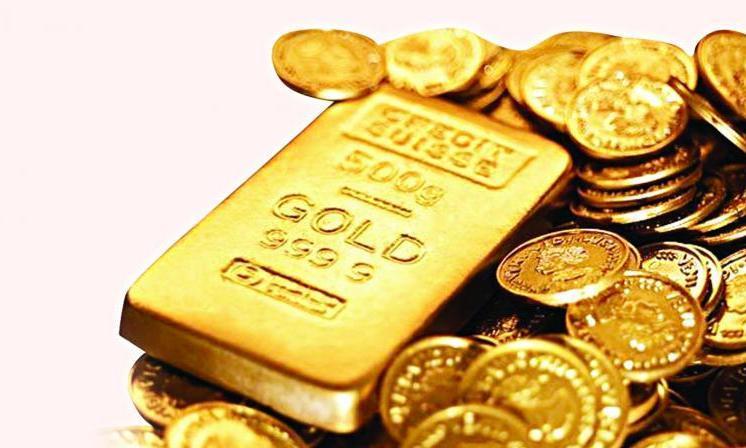Chennai: Having bought 73 tonnes of gold, the Reserve Bank of India was the third largest purchaser of the yellow metal in 2024. It has been buying gold to diversify reserves with the intention of minimising currency volatility and risk of revaluation loss.
India’s foreign exchange reserves as of January 31 stood at $630.6 billion and the value has been growing due to the gold component which stood at $70.89 billion. The RBI’s stock of gold amounted to 876.18 tonnes as of the end of December 2024.
Central banks usually buy gold from global bullion banks, commercial banks, other central banks as well as bullion dealers. RBI had bought 200 tonnes of gold in 2009 from the International Monetary Fund. The purchases ever since have been in small tranches and 2024 gold purchase was the second highest.
Central banks usually sell gold to commercial or bullion banks, dealers, open market as well as refiners. Though several banks have been selling gold, they have been net buyers.
RBI has not sold gold in its recent history. In 1991 during the foreign exchange crisis, RBI had pledged part of its gold reserves to the Bank of England to secure a $405 million loan. Despite paying back the loan in the same year, RBI chose to keep the gold in the vaults of the Bank of England. The Bank of England has one of the largest gold vaults, which is used by several central banks. The US Federal Reserve too has large vaults. Gold stored abroad can be easily used for trading, entering into swaps, and earning returns.
However, last year the RBI moved 202 tonnes of gold from overseas vaults. According to the central bank’s annual report for FY24, over 308 metric tonnes of gold was stored within India, and another 100.28 tonnes were held locally as an asset of the banking department. Of the total gold reserves, 413.79 metric tonnes were held abroad.




